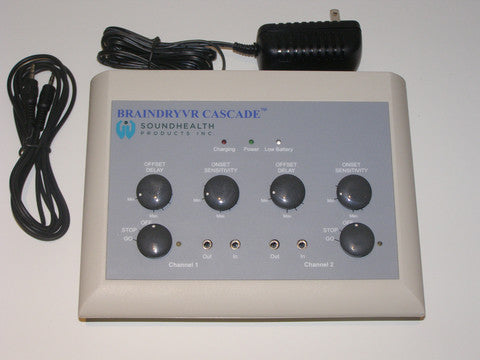Revealing the Mysteries of the Brain Through qEEG Cerebral Mapping in Mental Wellness Assessment
Revealing the Mysteries of the Brain Through qEEG Cerebral Mapping in Mental Wellness Assessment
Blog Article
Understanding the individual brain is a challenging task, especially when it comes to mental health. Conventional approaches of evaluation often rely on interviews and surveys, which can occasionally miss important details about how the mind operates. This is where qEEG electroencephalography, or qEEG, comes into the picture. qEEG is a specific method that measures electrical signals in the cerebrum. By examining these brainwaves, mental health experts can obtain valuable insights into a individual's psychological condition, helping to improve assessment and intervention.
qEEG works by placing small sensors on the scalp to capture neural activity. These sensors measure electrical signals produced by nerve cells, the units in the brain that communicate with one another. The data collected is then analyzed and presented as a series of patterns. Each kind of brainwave—such as α, β, delta, and theta—corresponds to various psychological states and activities. For instance, alpha waves are commonly associated with relaxation, while β waves are associated to engaged thinking and problem-solving. By analyzing these patterns, clinicians can identify abnormalities that may suggest psychological health concerns.
One of the major advantages of qEEG is its ability to offer unbiased information. Unlike traditional evaluations that rely on personal reports from clients, qEEG provides a distinct view of brain function. This objectivity can help minimize prejudices in assessment and result to more accurate treatment plans. For instance, if a client is experiencing stress, qEEG can show particular trends of neural activity that are associated with anxiety disorders. This information enables psychological health experts to customize treatments more efficiently, whether it be through counseling, medication, or other treatments.
Moreover, qEEG can be particularly useful in monitoring treatment advancement. By performing qEEG evaluations at various points during therapy, healthcare providers can monitor changes in brain activity over time. This ongoing evaluation helps ascertain if a intervention is working or if modifications are required. For instance, if a client is not reacting to a specific treatment, qEEG may indicate that their neural function has not altered in a manner that suggests progress. This response cycle can result to more customized and efficient psychological health treatment.
In summary, qEEG brain mapping is a powerful tool in the field of mental health assessment. By providing objective data about brain activity, it enhances the understanding of various psychological health conditions. This technique not only assists in accurate diagnosis but also assists in tracking intervention success. As psychological health experts persist to investigate the potential of qEEG, it holds promise for neurofeedback for PTSD therapy improving the lives of individuals facing mental health issues. With continuous investigation and progress in techniques, the mysteries of the mind may become clearer, leading to better results for those in requirement of assistance.